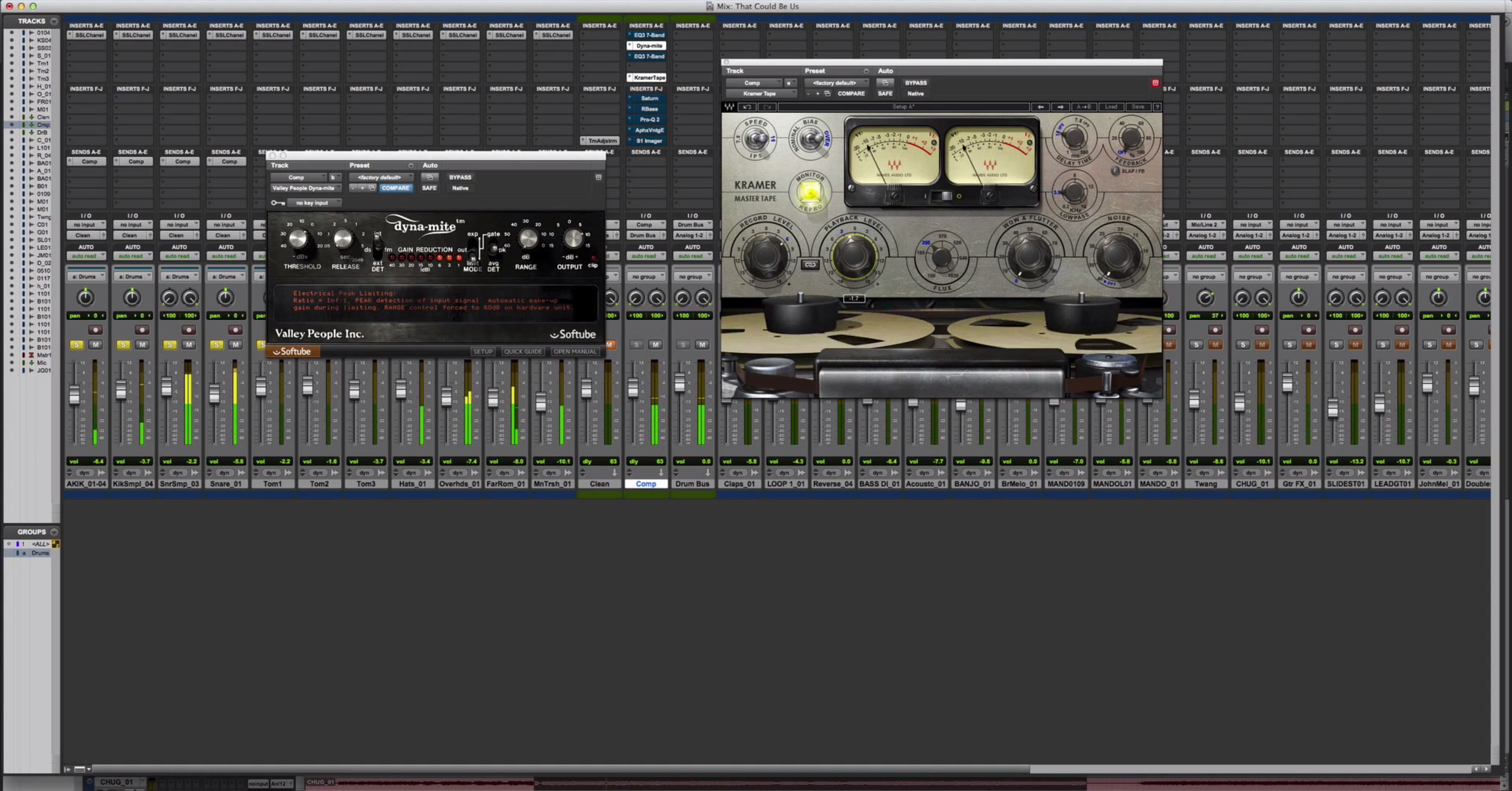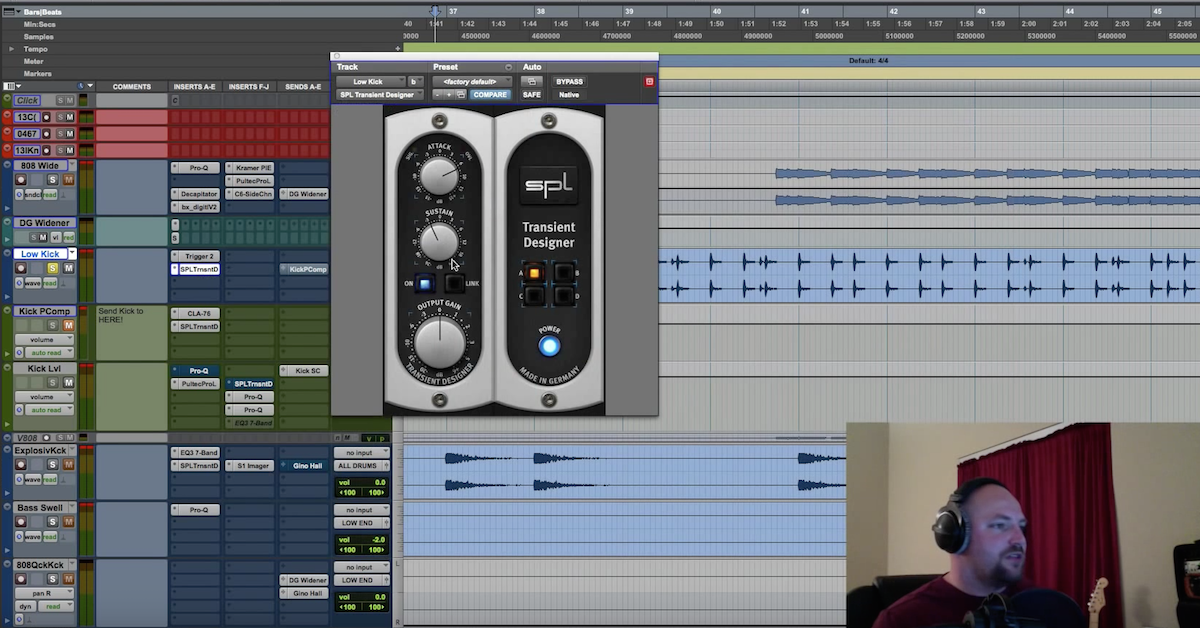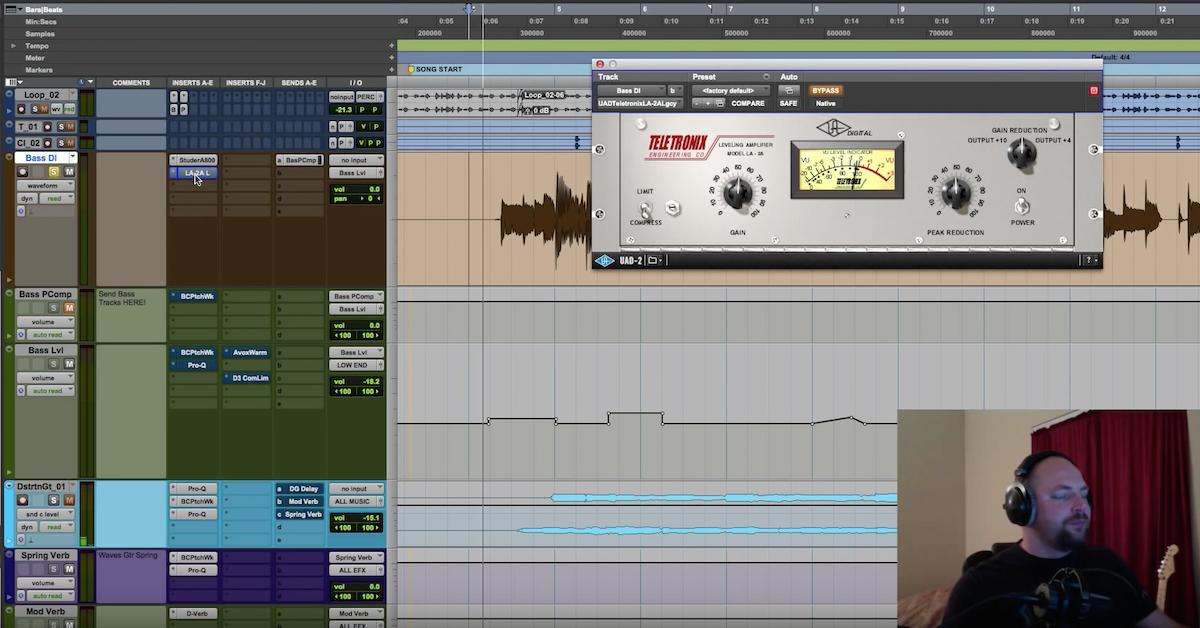4 Effective Ways to Use Parallel Processing
Article Content
When I write articles and make tutorials, I want to really focus on being “process oriented.”
For me, mixing isn’t about techniques and signal chains, but about a thought process. I decide what I want and then use techniques or experiments to get that result. My growth as an engineer doesn’t come from building a catalogue of techniques, it comes from broadening my musical awareness and refining my sense of feel and emotion. In the ever-forward quest of getting folks to think about music, I’d like to re-exam parallel processing.
Parallel processing on its most literal level means making a mult/duplicate of a sound source, processing the duplicate in an independent way, and balancing/blending the duplicate in with the original. I like to view parallel processing as a way to isolate and fine tune an effect, and then blend it back into the signal as needed.
I also view it as a way to be more versatile or extreme with effects. You can distort the living bejeezus out of a tuba, but as long as the dry:parallel ratio is something like 90:10 it can still work really well. You can also customize the effect by using conjunctive processing — compressing, EQ’ing, distorting, adding a touch of reverb — whatever.
Let’s look at some common parallel processing situations and examine some possibilities.
1) Drum Buss — Parallel Compression
A common place people use parallel compression is a drum buss. At this point I think some people just do it because that’s what engineers do. But let’s look at the reasoning behind it.
First and foremost, in regular compression, the whole of a signal is affected. It’s difficult to beef up the sustain of the drums without also rounding out the attack, particularly on a group buss. Parallel compression allows you to use lower threshold settings and really fine tune that attack time to allow for just the right amount to poke through.
Second, you can get a more extreme form of compression going. This means you can really make the parallel signal pump, and by fine tuning the release time and using a compressor with the right release curve, you can get the drums to swell and move with the groove. If that groove compliments the feel of the record this will subtly but profoundly reinforce the movement of the record.
Lastly, it allows you to correct any unwanted tonal shift that results from the compression. There’s no law saying you can’t EQ your parallel drum buss. In fact, sometimes it’s necessary.
2) Individual Drums — Parallel Compression
Another common place for parallel compression is on individual drums.
Here you can actually use parallel compression in different ways. You can squash the parallel signal and really boost the sustain. But you can also set the compressor to exaggerate the attack. I demonstrate this in the video tutorial at the bottom of this post.
3) Vocals — Parallel EQ & Compression
This technique is really cool. Let’s say you’ve created a frequency pocket where your vocals can really live clearly. If your mix is dense, simple EQ might not be enough to get the vocal to really stand out without making the vocal sound strange. A common technique here is to create a parallel vocal signal, and EQ it so that primary frequency range is focused on.
It might be a presence thing, 2k-4k. It might be a treble thing. It might be that tricky “body” range around 400-600hz. Whatever it is, you contour your EQ to really exaggerate that zone and then compress the EQ’d signal.
How you compress it would also depend on context. Maybe you want to preserve a “round full” tone — so a softer knee/gentler compression might be the way to go. Ultimately you make a context decision.
But no need to be easy on the effect! Since it’s parallel, you can blend it back in however much you want.
The end result of the EQ to Compression chain is that the selected frequency area stays more consistent in the vocal, which gives the vocal more presence in that pocket you created.
4) Bass And 808s — Parallel Distortion
Low frequency elements often need higher frequency content in order to stay present in a mix. Or just to stay present on small speakers. A little distortion often works very nicely. A lot of distortion blended in parallel can be a more creative option.
Try this: On a parallel track, grab your bass guitar, or 808, and run it through a distortion plugin until it sounds like someone lit the damn thing on fire. Then throw on a low pass filter and cut away all of the harsh harmonics – might be as low as 400hz or lower. Then, with the whole song playing, blend the parallel signal back in with the dry. Listen for the presence of the bass/808 to suddenly become much thicker and apparent. Find that sweet spot and rock out. Often times I’ll err on the heavier side with this as I usually dig the character it adds.






